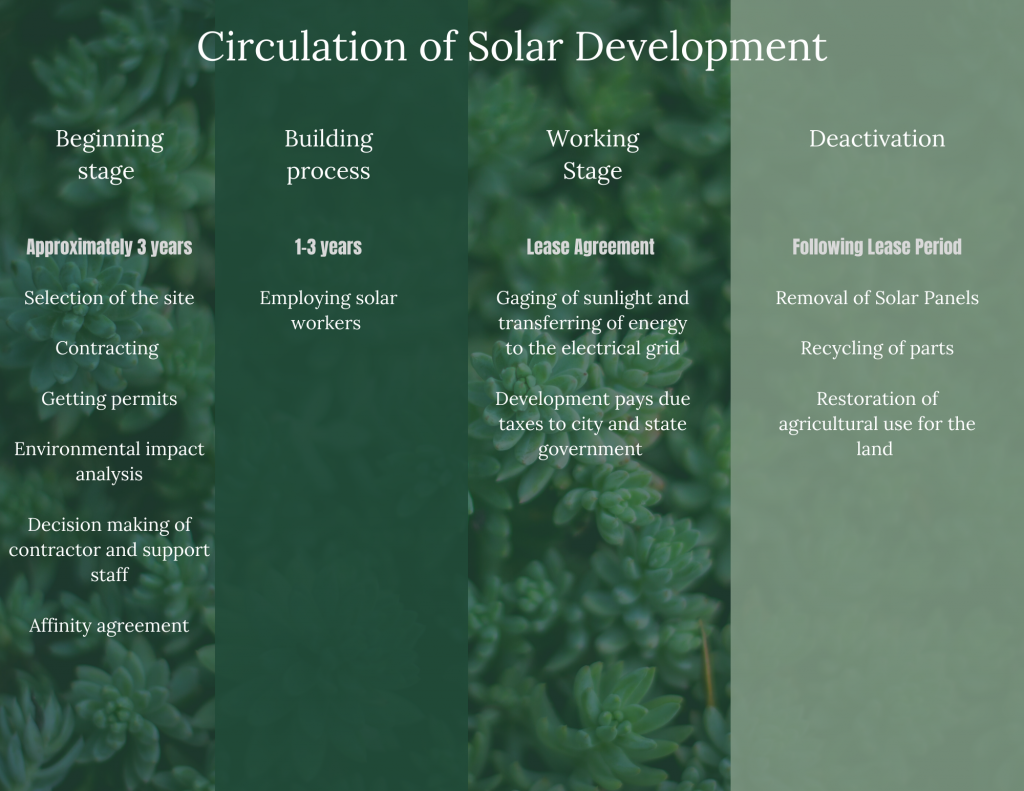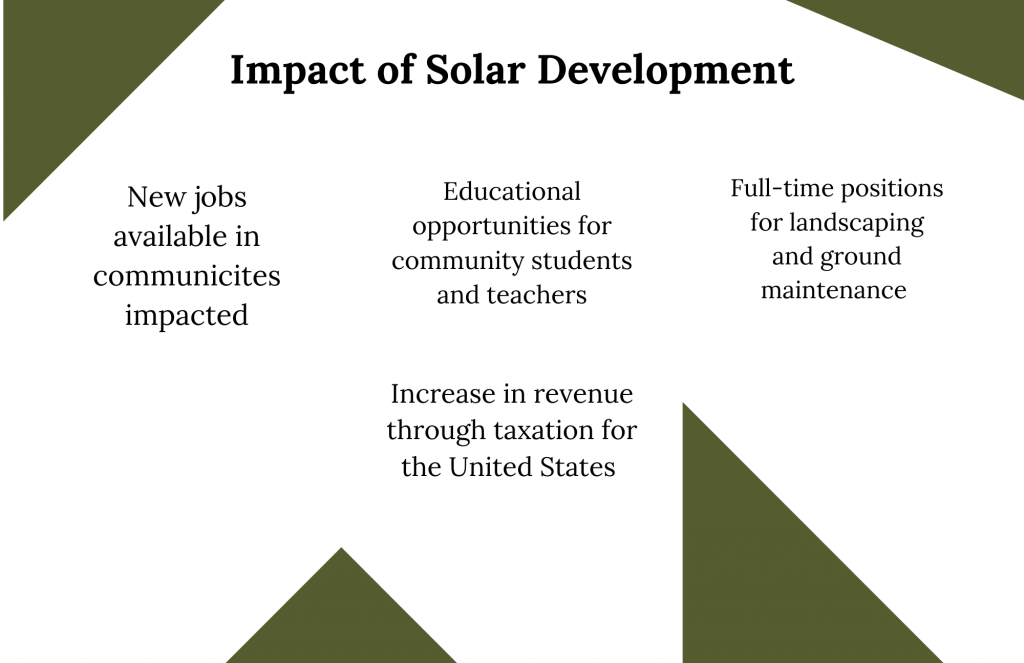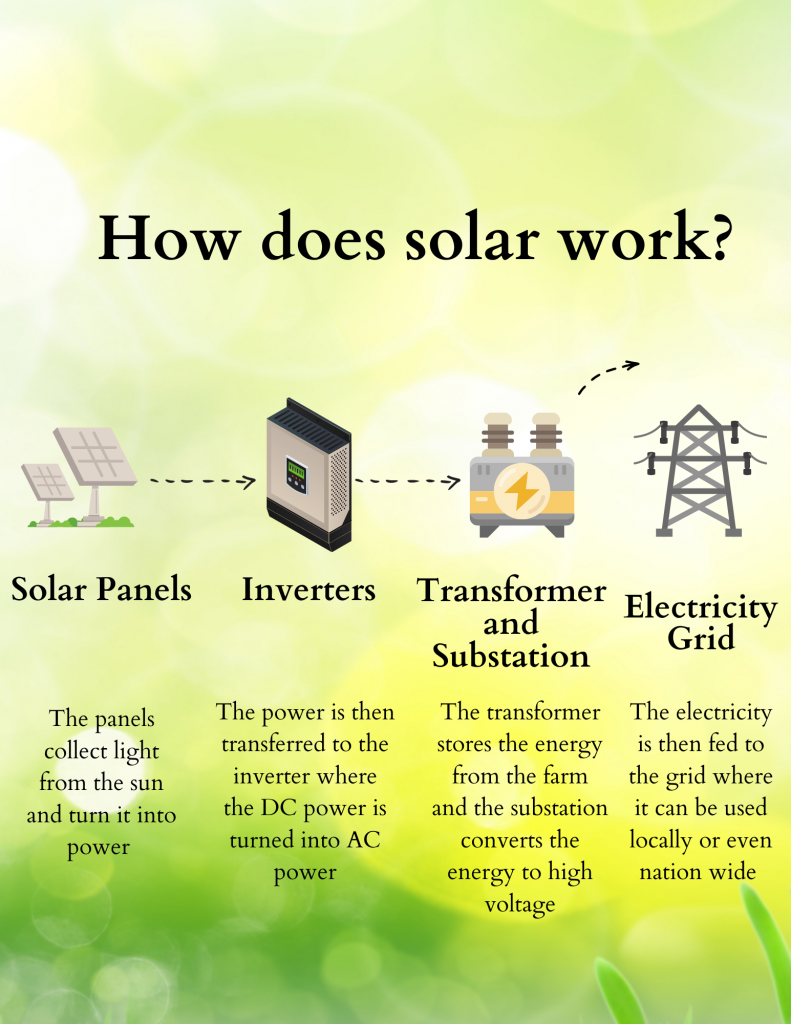FAQs
We’re here to help answer your questions about solar energy. Do you have a question not asked here? Use our contact page and let us know your question. We will respond to you and add your question to this page.
What is solar power?
Solar power can mean many things as any number of technologies harness the sun’s power. Increasingly, solar power in the US refers specifically to photovoltaics (link to photovoltaic page). Occasionally, solar power refers to solar thermal systems, which often use the sun’s rays to heat water (or air in the 70s).
How does net metering work?
Net metering allows grid-connected solar producers (homeowners, businesses, nonprofits) to trade energy with their local utility at a 1:1 rate. Any solar production not used by the producer is exported to the utility for an energy credit. The producer can then utilize that credit during periods when their solar array is not providing sufficient power. Each month solar producers receive a bill from the local utility for their net usage. Utilities win by getting excess peak solar production without paying higher prices typically charged during peak demand. Customers win by getting a reduced energy bill in exchange for their excess energy production in an otherwise monopoly marketplace.
What are the benefits of distributed solar/net metering?
- Customer Choice. Talk about a powerful force! The ability to choose who provides your power is still novel in the Commonwealth.
- Free Market Capitalism. Want cheaper electricity? It starts with allowing competition. Solar is innovative. In the past two decades, solar has gone from a fringe technology to the industry leader in new power deployment. The reason? Free market capitalism has led to declining prices and a technology that is being rapidly adopted. Utilities aren’t going to lower their prices without competition. Utilities will lower their prices when they have to compete with privately owned solar.
- Jobs. Solar employs nearly 250,000 people in the US and that number is only growing. Solar is hiring at record rates with 1 in every 60 new jobs in 2016 tied to solar. Reinventing the grid is capital and job intensive. Let’s create jobs in the Commonwealth.
- Fixed Electric Prices. Solar production is calculable. With a one-time investment in a solar array, homeowners can project their electric bills for the next 25 years. Talk about security in retirement! In fact, in states that allow solar leasing, even low-income customers are going solar through innovative financing mechanisms that allow for monthly bills lower than current utility rates. Once Kentucky stops protecting monopoly utility interests and allows for innovative financing, solar will get cheaper and more affordable for all.
- Lower electric bills. Solar generation occurs around the grid peak. Compare these graphs of the US grid peak and solar plant production:
What happens to solar panels when it is raining?
Your solar panels get cleaned for free! Most solar arrays are generators connected to the grid so other grid assets can fill in the gap to produce any shortcomings. Typically, the grid also has lower power requirements during inclement weather.





